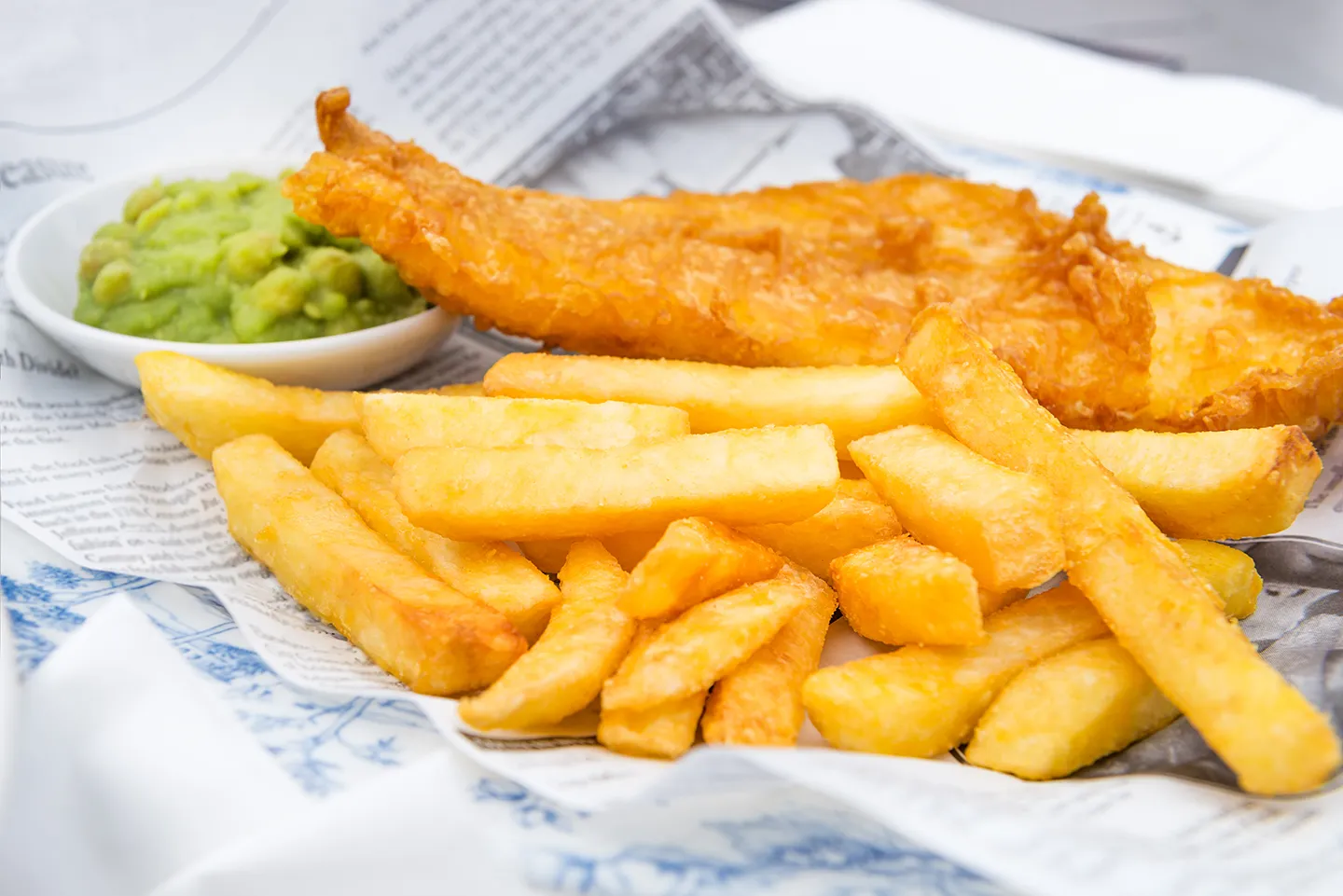Haddock, a member of the cod family, is a popular white fish known for its mild, flaky white flesh. Its versatility in cooking, combined with its health benefits, has made it a favorite among seafood enthusiasts.
A Brief History of Haddock
Haddock has been a staple food in many cultures for centuries. It was particularly important in the diets of coastal communities in Northern Europe. Overfishing in the 20th century led to a decline in haddock populations, prompting stricter regulations and conservation efforts. Today, sustainable fishing practices are essential to ensure the future of this valuable resource.
Culinary Uses of Haddock
Haddock’s mild flavor makes it a versatile fish that can be prepared in many ways. Here are some popular methods:
- Baking: Haddock fillets can be baked in the oven with a variety of seasonings, such as lemon, herbs, and spices.
- Broiling: Broiling haddock fillets gives them a crispy exterior and a moist interior.
- Frying: Haddock can be battered and fried for a crispy, golden-brown treat.
- Poaching: Poaching haddock in a light broth or court bouillon preserves its delicate flavor.
- Steaming: Steaming haddock is a healthy and simple way to cook it.
Nutritional Benefits of Haddock
Haddock is a lean, white fish that is low in calories and high in protein. It is also a good source of essential vitamins and minerals, including vitamin B12, selenium, and phosphorus. Additionally, haddock is a good source of omega-3 fatty acids, which are beneficial for heart health.
Sustainable Haddock Consumption
To ensure the sustainability of haddock populations, it’s important to choose sustainably sourced haddock. Look for certifications like the Marine Stewardship Council (MSC) when purchasing haddock products. By choosing sustainable seafood, you can help protect marine ecosystems and ensure the availability of this delicious fish for future generations.
In conclusion, haddock is a delicious and nutritious fish that can be enjoyed in a variety of ways. By choosing sustainably sourced haddock, you can help protect the environment and support sustainable fishing practices.
Would you like to know more about a specific aspect of haddock, such as its culinary uses, nutritional value, or conservation efforts?
